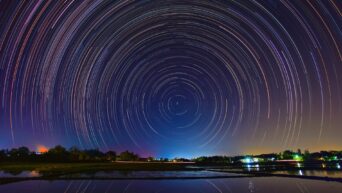Remember, don’t look directly at it.
In the summer of 2017, people were going crazy over the Great American Eclipse! On July 2, a total solar eclipse will happen once again over the Pacific Ocean, Chile, and Argentina. There are many things that those lucky enough to see the eclipse can expect.
The solar eclipse allows scientists a rare glimpse at the corona of the sun, which is only visible when the sun’s brightness is blocked. This information is useful because it can help to predict when the sun has outbursts as well as the coronal mass ejections. It is the hope of many scientists that they will be able to measure the corona’s magnetic field directly. They have been unsuccessful thus far but are continuing to try.
The sun has been experiencing low magnetic activity, even lower than in 2017. This means two things for viewers: The lower solar activity means that parts of the corona that include plasma plumes will be more visible because the sun isn’t as active. This will provide a unique perspective into how the corona behaves.
On the other hand, this low activity means that scientists probably won’t see a coronal mass ejection. They are still holding out hope that it could be seen but are not holding their breaths.
Onlookers can also expect to see the sun very low in the sky. This will be a challenge for scientists because they must look through more of the Earth’s atmosphere, which means images will be blurrier than normal.
One interesting fact about the solar eclipse is the fact that telescopes are rendered useless during this event. Because its goal is to collect light from the night sky, direct contact with the sun could lead to the telescope being set on fire. So much for technology in this instance!
If you get the chance to catch the solar eclipse on July 2, you will catch one of our coolest, most out of this world experiences.

































